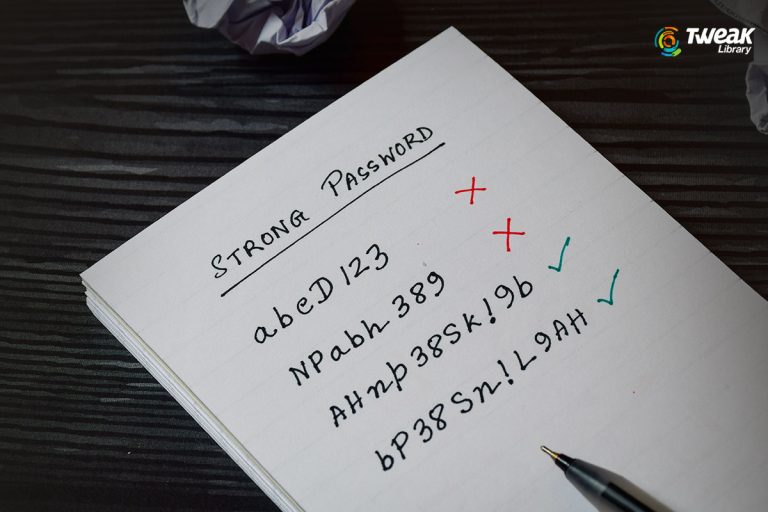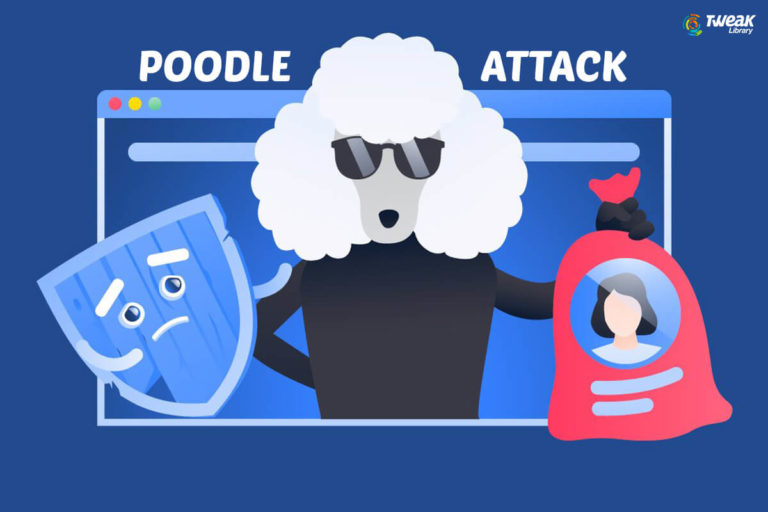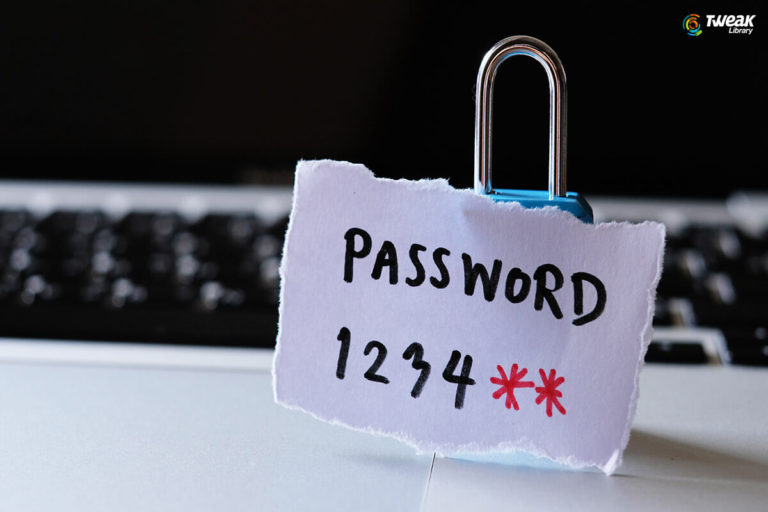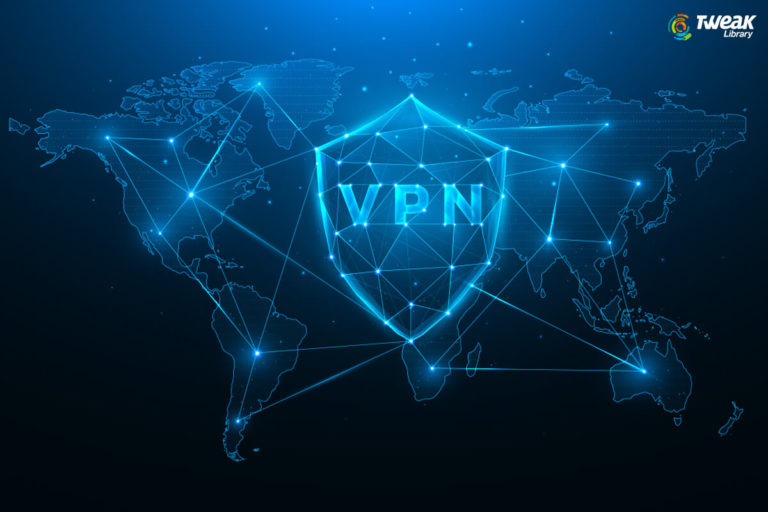As the world literally plunges into an IoT dependent society and a tech-dependent lifestyle, the associated threats of identity theft, data loss and damage and malicious online attacks also increase day-by-day. With a number of technological tools and software-based applications and consumer electronic machines, the common man has extensively integrated tech into his/her personal and professional lives. While mobile technology runs and manage our daily routines on the go, the internet-based professional tools manage our personal economy at every frame of a second. However, under the pretense of being technologically connected, our activities via our accounts under a single electronic identity, online banking, cloud-based data storage, and social media presence has left us vulnerable to threats spread all across the web, unseen and unknown. In the midst of Ransomware, Emotet, and Fileless Manager, the hackers have “re-engineered” a communication medium to pose danger to our electronic identities and lives. Let’s find out more about it.

Image Source: NetworkWorld
Also Read: Can Anti Malware Protect Against .LNK Cyberattacks?
Steganography: A Medium of Secret Communication
Steganography is an old-age medium of communicating messages, which was in ancient used by rebels and members of the resistance to avoid detection or suspicion of ruling authorities. When cryptography, where messages were written in encrypted formats such as code, became a subject of scrutiny, steganography was devised as advancement. Unlike cryptography, steganography conceals the actual message inside another form of text or image, thus, hiding the entire fact of any secret message being transported and helping in avoiding suspicion or scrutiny.

Image Source: BraveNewCoin
Also Read: How to Use Windows AppLocker to Prevent Cyberattacks
What is Digital Steganography?
It’s basically transporting an encoded message, text or file enclosed in disguise inside another file called “carrier”, which can be anything from a simple notepad extension to a file containing some audio or visual media. The media files are more compatible with performing undetectable steganography. An image file can be altered into its hundredth pixel to encode a message inside it, which would be impossible to detect unless someone explicitly searches for it. However, in order to detect any steganography act, the maker of the particular message would require to set the message scrambled in order, as a direct message would be easily detectable.

Image Source: ThreatPost
Stegware: How Steganography Is Weaponized?
For a long period of history, Steganography has remained absent from digital electronic communication, posing almost zero threat to anti-malware software and other software and internet-based platforms. However, it has come to light that the cyber attackers might be using encoded or encrypted Trojan-laced “stegware” into messages, docs, images, or video files to violate the digital lines of defense and extract and exploit user information.
A perfect place to launch a stegware is on social media. The encrypted malware can be attached to all sorts of images and texts on social media posts and can attack the user’s system, thus breaching all security measures. It can be said that Malvertising uses stegware to attack the target system in disguise as internet advertisements and promotions.

Also Read: Wi-Fi Eavesdropping a Serious Threat
What Stegware Can Do?
Since the trojan is hidden in a relative order inside a “carrier” file, the stegware mostly goes undetected and thus, leaving anti-malware measures vulnerable to protection. The trojan command or file inside the carrier can therefore stay in the system and extract user information in particular order. This way the hackers won’t need to penetrate security and grab instant access to files but can carry out their malicious activity per a pre-devised plan.
The risks of Steganography are mostly associated with attacks on corporate servers, which can be hacked to retrieve crucial information that may hamper the economic stability of those particular corporations. Moreover, steganography can be heavily used in State-funded Cyberattacks that are basically carried out against a ruling government and destabilize its political power and position via accessing its server-based data files and records.

Image Source: CyberSecurity Insiders
What can be done to protect oneself from Steganography?
Stegware is a stealth malware and hence, is almost impossible to detect it. It is mostly unseen to the human eye and would require a skilled person to detect such kind of malware. Thus, it’s better to take precautions for wiping out any malware from your systems rather than just detecting them for further quarantine. Following are some measures that one should prefer to prevent stegware attacks;
- Always use updated anti-malware software with a properly functioning file delivery and downloading control mechanism. This would basically prevent you from loading files from unknown sources into your systems.
- Do not download any software from an unknown source; only used an approved platform to retrieve a download link for any software or application.
- Do not accept files with untrusted electronic signatures.
- Network monitoring (especially among corporate systems) is essential. The payload delivery of files, emails, and documents should be monitored.
- Segment the network into sub-networks to separate functions performed digitally at different corporate level. This makes network monitoring simple and to contain or limit a digital breach in one sub-network.






Leave a Reply